Daniel Simmen3131309717
Table of contents :
Manual of Endoscopic Surgery……Page 1
Half Title……Page 2
Full Title……Page 4
Preface and Acknowledgements……Page 6
4 Why? Goals of Surgery in Patients with Rhinosinusitis……Page 8
7 The Place of Radiology……Page 9
10 Perioperative Aids……Page 10
14 Selected Procedures……Page 11
Appendix Information for Patients……Page 12
References, Index……Page 13
1 Principles of Practice……Page 15
Accurate Diagnosis Is the Key to Success……Page 14
Accurate Diagnosis Is the Key
to Success cont…….Page 16
Optimize Medical Treatment……Page 18
Minimize Surgical Morbidity……Page 20
The Importance of Postoperative Treatment……Page 22
Disordered Sense of Smell……Page 24
Aspergillosis/Fungal Disease……Page 26
Antrochoanal Polyp……Page 28
Pediatric Rhinosinusitis……Page 30
Who Not to Select for Surgery……Page 32
Patient Expectations……Page 34
Patient History……Page 36
Patient History cont. 1……Page 38
Patient History cont. 2……Page 40
Patient History cont. 3……Page 42
Investigations……Page 44
The Management of Nonallergic Rhinitis……Page 46
The Use of Systemic Steroids……Page 48
Optimizing the Timing of Surgery……Page 50
Optimizing the Timing of Surgery cont…….Page 52
Unknown Pathology/Biopsy……Page 54
Benign and Malignant Tumors……Page 56
Distal Nasolacrimal Duct Obstruction……Page 58
Quality of Life……Page 60
Quality of Life cont…….Page 62
Anatomy……Page 64
Anatomy cont. 1……Page 66
Surgical Technique……Page 68
Surgical Technique cont…….Page 70
Alternative Surgical Techniques……Page 72
Alternative Surgical Techniques cont. 1……Page 74
Useful Instruments……Page 76
Indications……Page 78
Surgical Technique……Page 80
Terminology and Classification……Page 82
Anatomy……Page 84
Anatomy cont. 1……Page 86
Anatomy cont. 2……Page 88
Anatomy cont. 3……Page 90
Surgical Technique……Page 92
Surgical Technique cont. 1……Page 94
Surgical Technique cont. 2……Page 96
Alternative Surgical Techniques……Page 98
Terminology and Classification……Page 100
Surgical Technique……Page 102
Surgical Technique cont. 1……Page 104
Surgical Technique cont. 2……Page 106
Alternative Surgical Techniques……Page 108
Useful Instruments……Page 110
Indications……Page 112
Surgical Technique……Page 114
Alternative Surgical Techniques……Page 116
Alternative Surgical Techniques cont…….Page 118
The Endoscopic Tour……Page 120
Endoscopic Evidence of Mucosal Disease……Page 122
Agger Nasi Air Cells……Page 124
A Polypoidal Anterior End of the MiddleTurbinate……Page 126
Accessory Ostia of the Maxillary Sinus Anterior to the Uncinate Process……Page 128
Inflammatory Diseases……Page 130
Malignant Tumors……Page 132
The Role of Computed Tomography……Page 134
7 The Place of Radiology……Page 135
CT Parameters……Page 136
Indications for MRI……Page 138
MR Angiography……Page 140
Points to Mention on a CT Request……Page 142
Optimize the Immediate PreoperativeCondition……Page 144
Vision……Page 146
Preoperative CT Checklist……Page 148
Preoperative CT Checklist cont. 1……Page 150
Preoperative CT Checklist cont. 2……Page 152
Planning and Staging the Procedure……Page 154
Informed Consent……Page 156
Complications……Page 158
Specific Complications……Page 160
General Anesthetic Technique……Page 162
Video Stack/Cameras……Page 164
Cables……Page 166
Curved Olive-ended Suckers……Page 168
Through-cutting Instruments (Rhinoforce Blakesley/Mackay−Grunewald Forceps)……Page 170
Stammberger Side-biting Punch Forceps……Page 172
Drill……Page 174
Computer-aided Surgery……Page 176
Registration……Page 178
Economic Factors……Page 180
Peroperative Monitoring of Optic Function……Page 182
Surgical Hints……Page 183
Bleeding……Page 184
Peroperative Complications……Page 185
Fat Herniation and Violation of the Orbit……Page 186
Fat Herniation and Violation of the Orbit cont. 1……Page 188
CSF Leak……Page 190
CSF Leak cont…….Page 192
Retro-orbital Hemorrhage……Page 194
Bleeding……Page 196
Anosmia……Page 198
Osteitis……Page 200
Nasal Packs……Page 202
13 Postoperative Management……Page 203
Debridement……Page 204
Nasal Obstruction……Page 206
Assessment……Page 208
Endoscopic Marsupialization of the Sac withConventional Instruments……Page 210
Laser DCR……Page 212
Stents……Page 214
Anatomy……Page 216
Surgical Technique……Page 218
Surgical Anatomy……Page 220
Indications……Page 222
Surgical Anatomy……Page 224
Surgical Technique……Page 226
Surgical Technique cont. 1……Page 228
Surgical Technique cont. 2……Page 230
Useful Instruments……Page 232
Surgical Anatomy……Page 234
Surgical Technique……Page 236
Indications……Page 238
Useful Instruments……Page 240
Surgical Technique……Page 242
Surgical Technique……Page 244
Useful Instruments……Page 246
Indications……Page 248
Surgical Technique……Page 250
Useful Instruments……Page 252
Surgical Anatomy……Page 254
Diagnosis……Page 256
Surgical Technique……Page 258
Surgical Technique cont…….Page 260
Comment……Page 262
Surgical Anatomy……Page 264
Alternative Surgical Techniques……Page 266
Specific Conditions……Page 268
Specific Conditions cont. 1……Page 270
Specific Conditions cont. 2……Page 272
Specific Conditions cont. 3……Page 274
Specific Conditions cont. 4……Page 276
Specific Conditions cont. 5……Page 278
Specific Conditions cont. 6……Page 280
Surgical Approaches for Benign Paranasal andSkull Base Lesions……Page 282
Surgical Approaches for Benign Paranasal andSkull Base Lesions cont…….Page 284
The Endoscopic Resection of MalignantAnterior Skull Base Tumors……Page 286
Specific Malignant Conditions……Page 288
Other Malignant Skull Base Tumors……Page 290
Recurrent or Residual Malignant Disease……Page 292
Novel Therapeutic Strategies……Page 294
Optics and Camera Systems in Surgery……Page 296
What Complications Can Occur?……Page 298
Appendix Information for Patients……Page 299
Treatment……Page 300
Advice for Patients after EndoscopicSurgery for Nasal Polyps……Page 302
The Complications of EndoscopicSurgery for Nasal Polyps……Page 304
References……Page 305
A,B,C……Page 310
D,E,F……Page 311
N……Page 312
S……Page 313
V,W,Z……Page 314
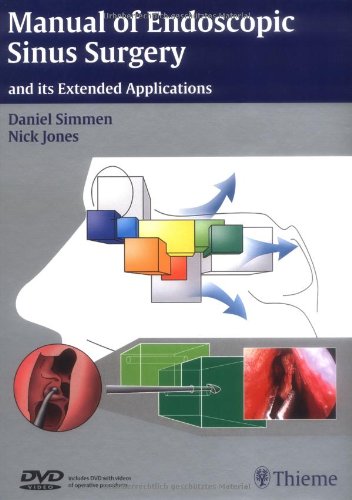
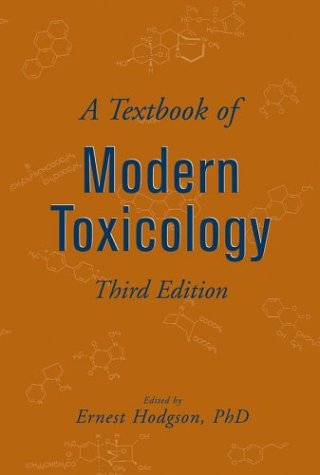
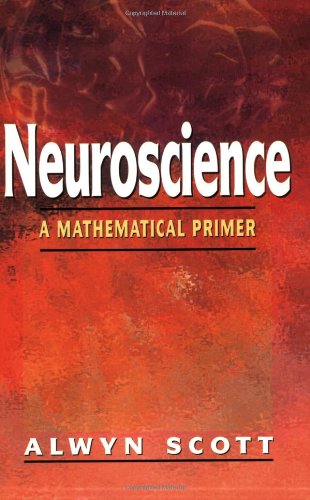
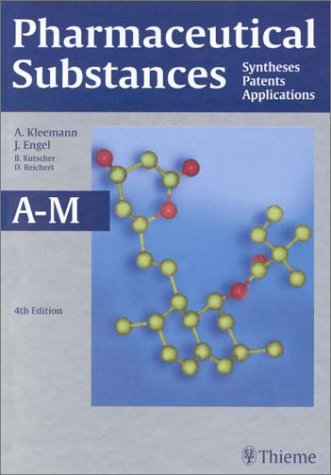
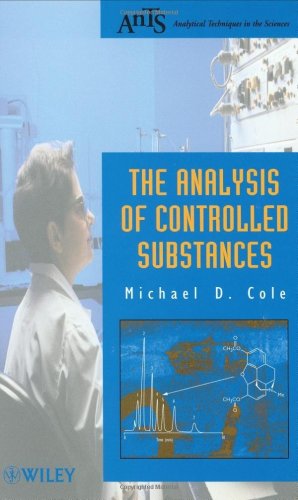
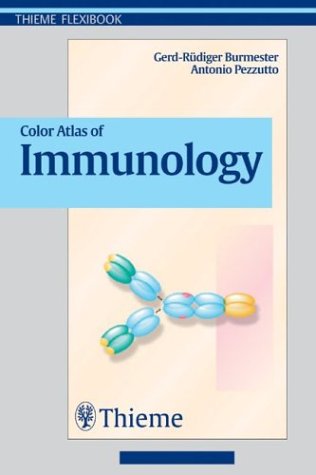
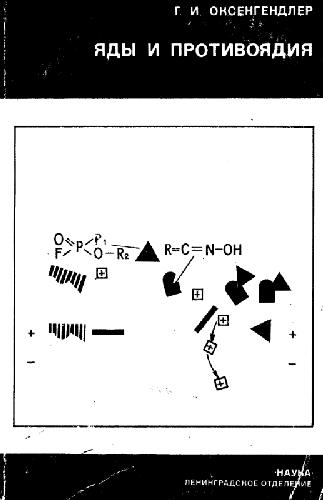
Reviews
There are no reviews yet.